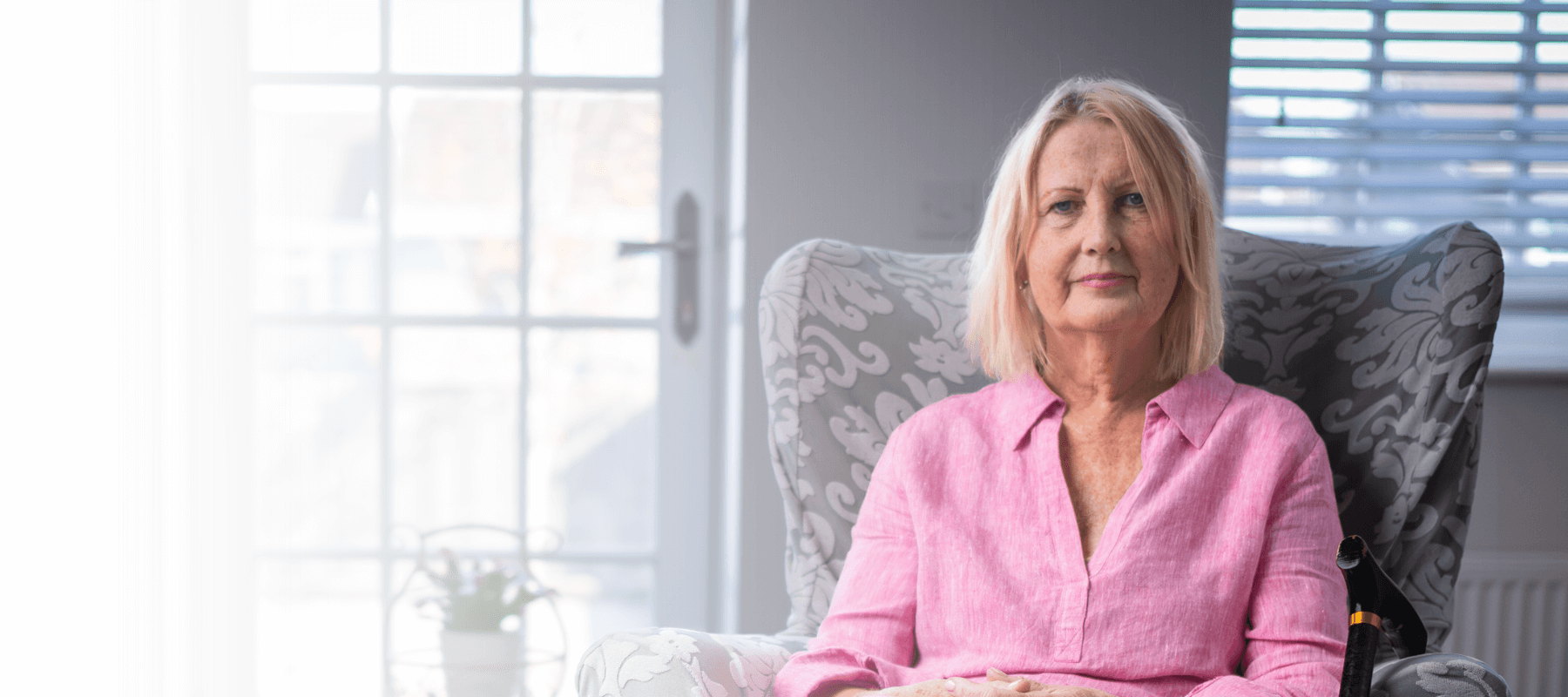
International Women’s Day: Let’s end the ageist stereotypes that fuel the most insidious women’s health condition
Media releases
08 Mar 2023
International Women’s Day is a time to celebrate the achievements of women around the world and recognise the progress we’ve made. But it’s also a day to shine a light on injustices which haven’t yet been beaten. Those neglected issues that don’t make the news or go viral, but which nonetheless limit or negatively impact many women’s lives. Osteoporosis is one of them. This under-estimated, poorly-understood disease is one of most urgent threats to people living well in later life. Most are surprised to hear it affects a half of all women over 50. That’s every other mother. Every other grandmother. And it’s serious. More so than people think: as many people die from its complications as from lung cancer or diabetes. So why is nobody talking about it?
I’m not going to take for granted that everyone knows what this clinical-sounding, hard-to-spell Greek-origin word means. So, here’s what we’re up against: osteoporosis silently causes people’s bones to lose strength, so they break after the simplest injuries, like a cough, a fall from standing height or even a hug from grandchildren. These fractures (broken bones) are no minor inconvenience. For many, they cause long-term pain and disability, loss of independence and even early death. For thousands of others, the fear of fractures leads to them withdrawing from the world completely. How can they risk a visit to friends during the icy months, when the slightest stumble could lead to a life-changing hip fracture?
Every year, 500,000 fractures are suffered by people in the UK, the equivalent of one broken bone every minute. By the time you finish this article, five bones will have broken, most of them in women.
But the tantalizing truth is that it doesn’t need to be like this. Osteoporosis is treatable and fractures preventable. With an early diagnosis, people can live well. Women and men can figure out their risk of broken bones in five minutes, provided they’re aware. And there are safe, effective therapies that can keep bones strong. Yet tragically, right now, a culture of passivity and defeatism around osteoporosis has left two-thirds of people who have it without treatment, left in the dark about their vulnerability, and at the mercy of fractures.
How can we have let this happen? I believe the main reason this silent condition has gone under the radar is negative tropes about how older people look, particularly older women. Stereotypes so deeply embedded, so taken for granted, so normalised, that few people think twice. Conjure up in your mind the classic silhouette of an older person – bent over, curved spine, lost height. You can see her on road traffic signs all over the country. Culturally, we’ve normalised the hunched back, or ‘dowager’s hump’, as being what’s waiting for all of us when we get older. The ‘shrunken’ older woman!
In fact, these changes aren’t just age. They’re often the impact of spinal fractures – 80% of which never get diagnosed. That’s 2.8m people living with them, without a clue. Severe and painful in themselves, spinal fractures are red flags for a future hip fracture – a heart-attack level event. Yet the negative images of older women in our western culture mean these flashing red lights on the dashboard – these sirens ringing out loud – get ignored.
I can empathise, of course. In my youth I didn’t think much – if at all - about bone health. Like most people, I worried about my skin, heart, blood pressure. Bones were just ‘dead’ things that appeared at Halloween. With age, I’ve come to see the opposite. I tell younger people their bones are alive, self-healing, changing all the time, and that if you pay into them in youth you can transform your experience of later life. So many women who feel the same wish they could write a letter to their younger self.
It’s time we changed the narrative. Let’s do the same with osteoporosis as we’ve done with mental health and menopause - conditions now talked about freely, without the old stigma, isolation and awkwardness. Osteoporosis may not be a cause that sets hearts racing. But this insidious, life-changing condition is beatable – not just with medicine, but with women breaking free from the limits of other people’s expectations - just as we’ve done in so many other fields.
- By Lauren Wiggins, Director of Clinical Services at the ROS.
 Search
Search
 Login
Login


